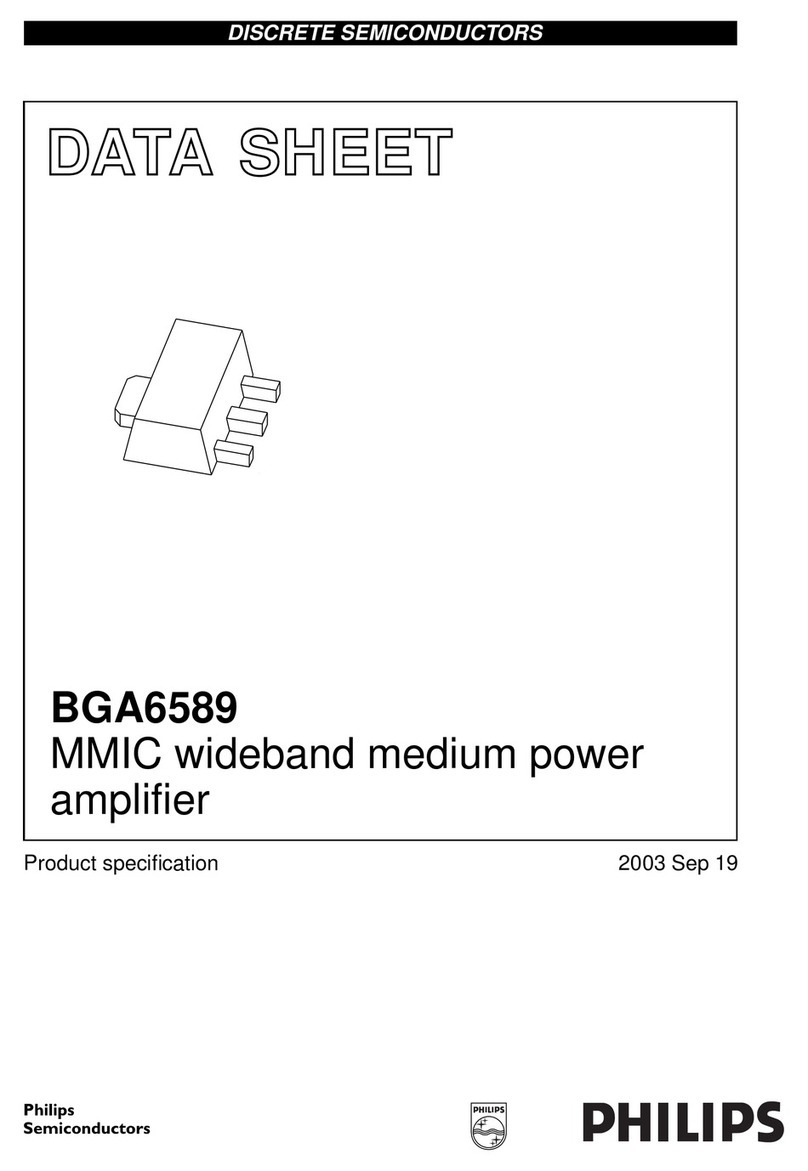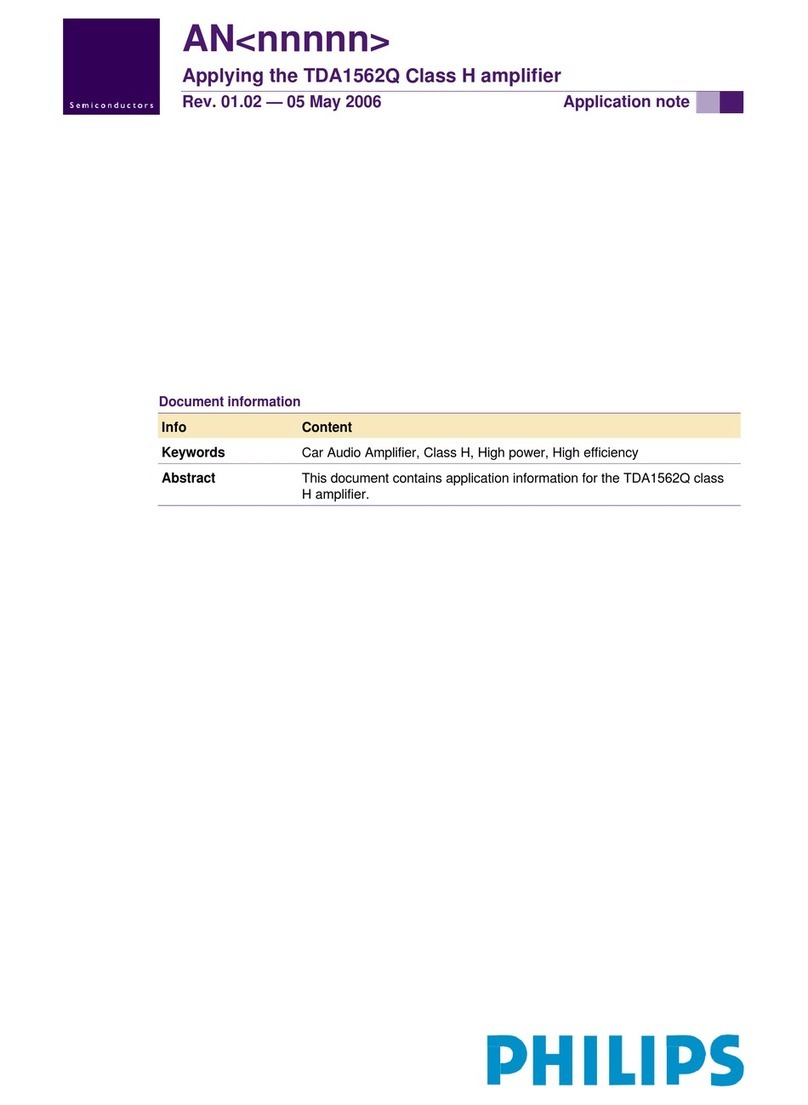Philips PM 3342 User manual
Other Philips Amplifier manuals
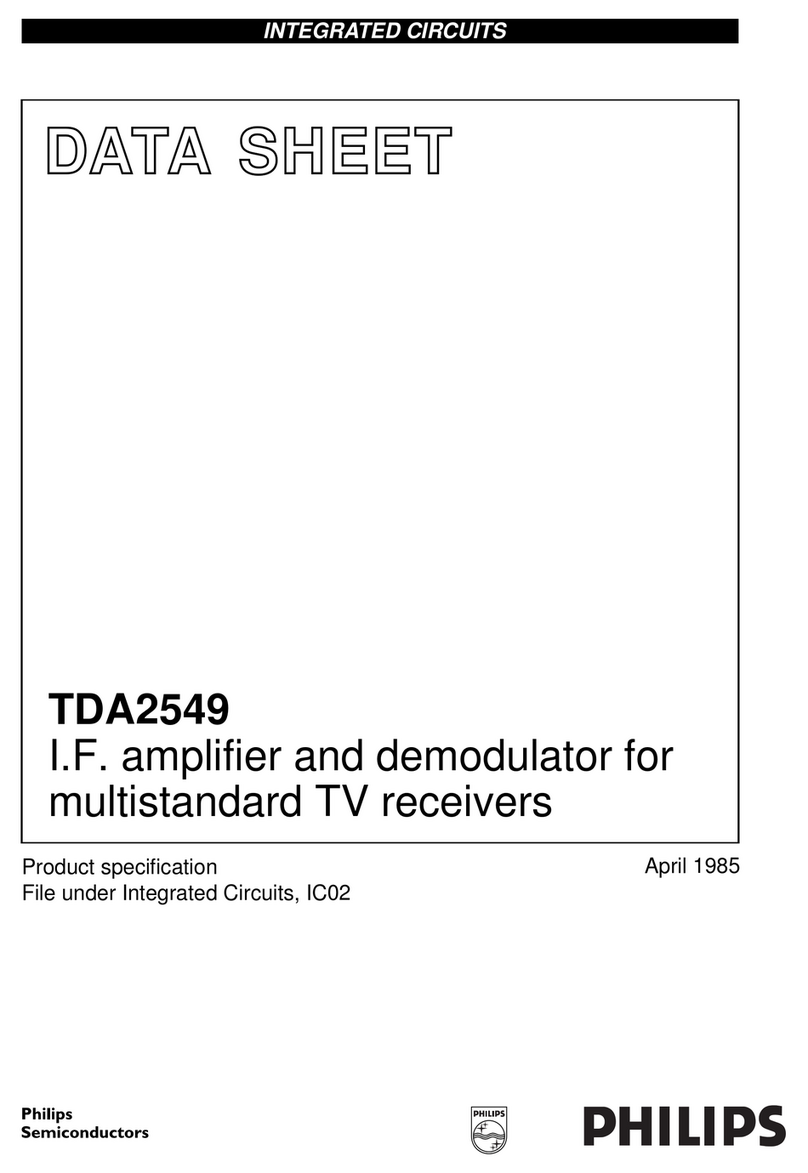
Philips
Philips TDA2549 User manual

Philips
Philips 22RH743 User manual

Philips
Philips car power amplifier User manual
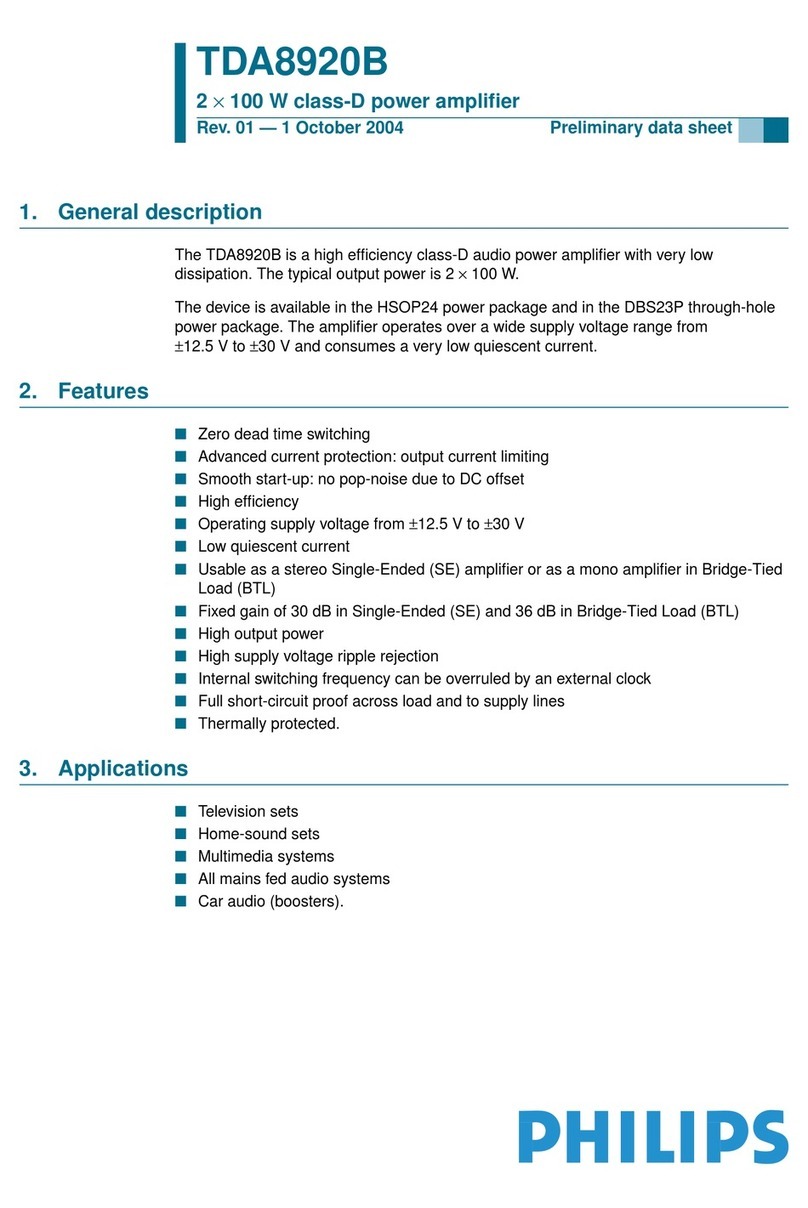
Philips
Philips TDA8920B User manual

Philips
Philips TDA6106Q User manual
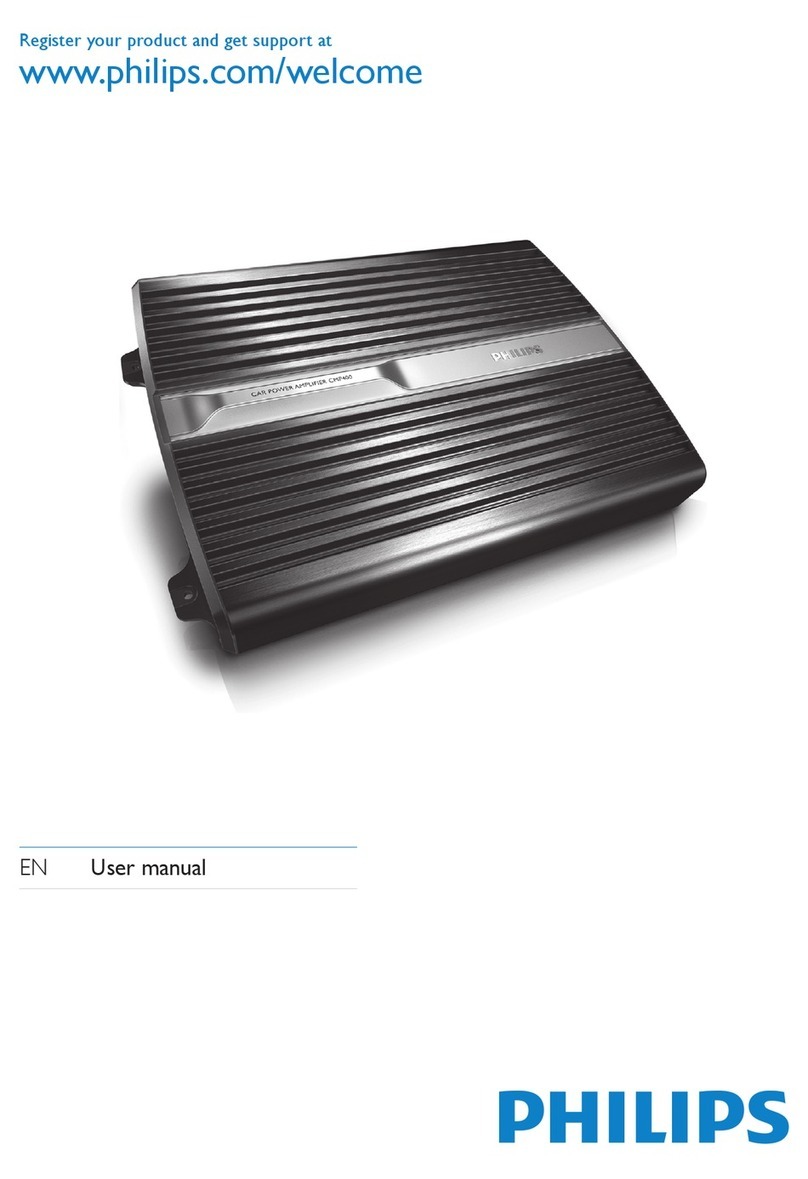
Philips
Philips CMP400/55 User manual
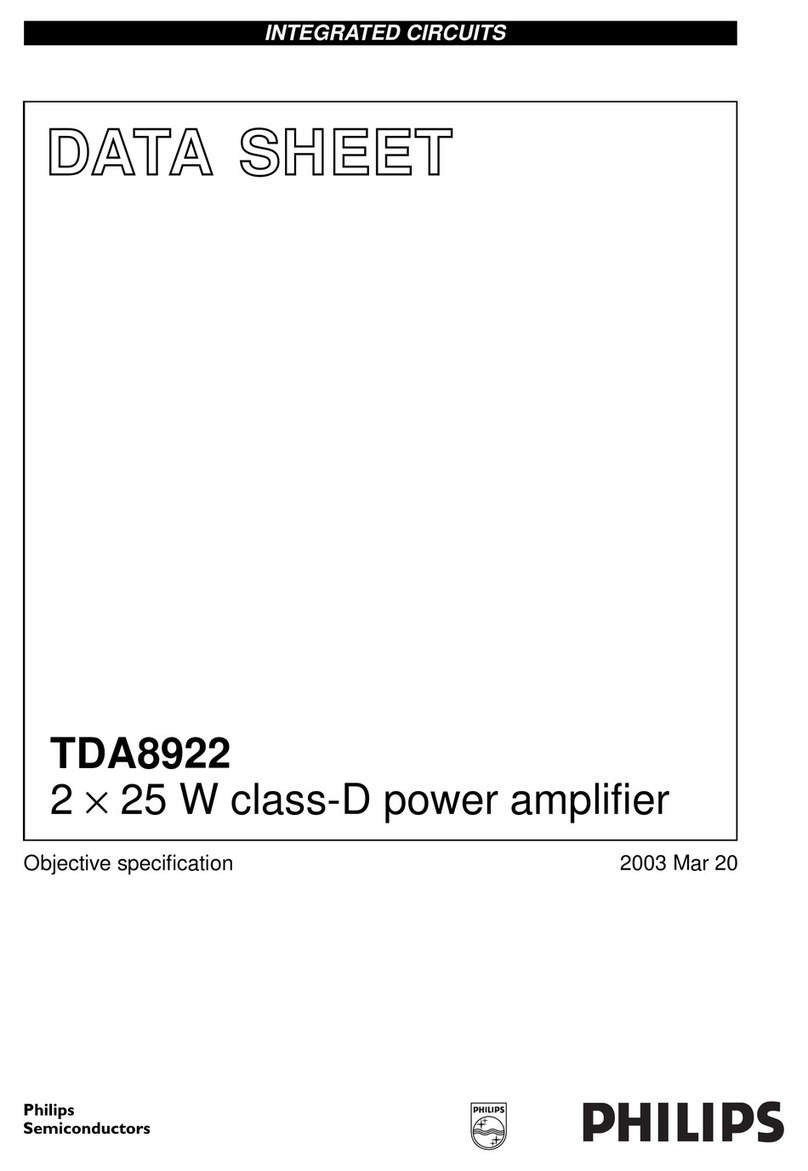
Philips
Philips TDA8922 User manual
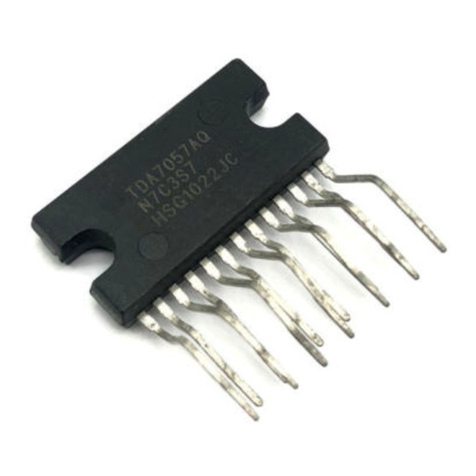
Philips
Philips TDA7057AQ User manual

Philips
Philips TDA2613 User manual
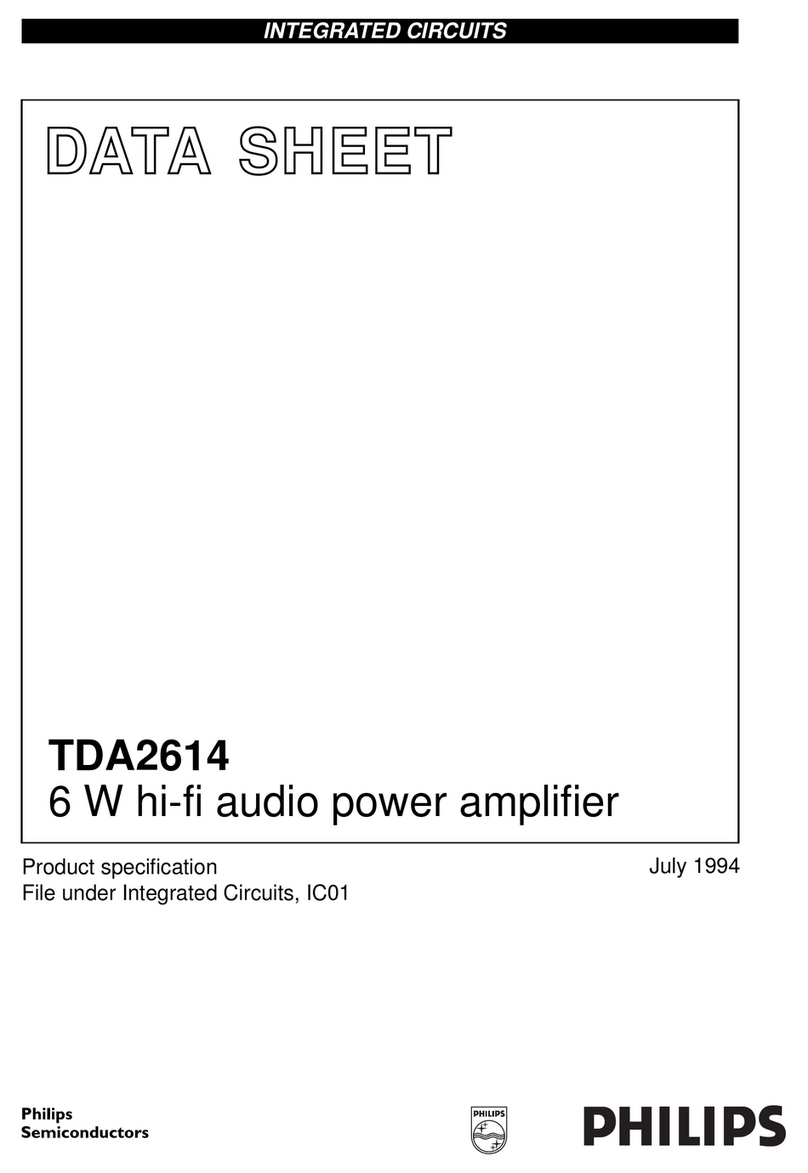
Philips
Philips TDA2614 User manual

Philips
Philips SA741C Owner's manual

Philips
Philips MC1458 Owner's manual
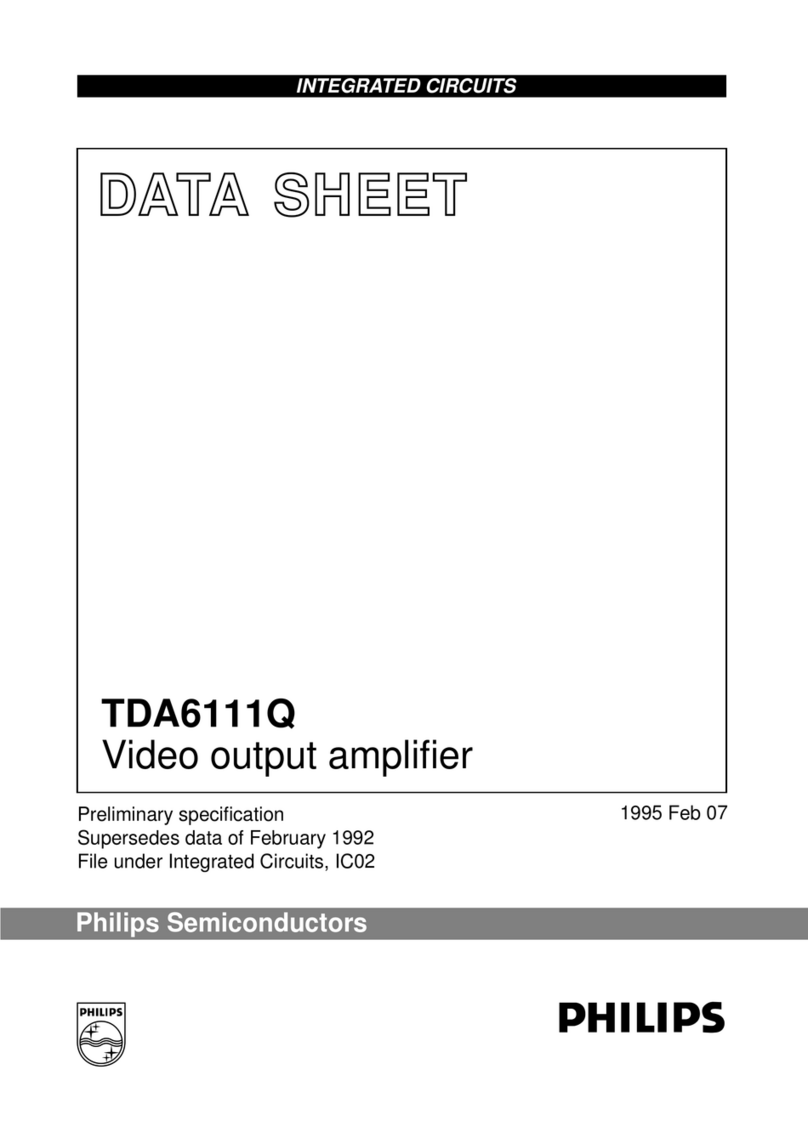
Philips
Philips TDA6111Q User manual
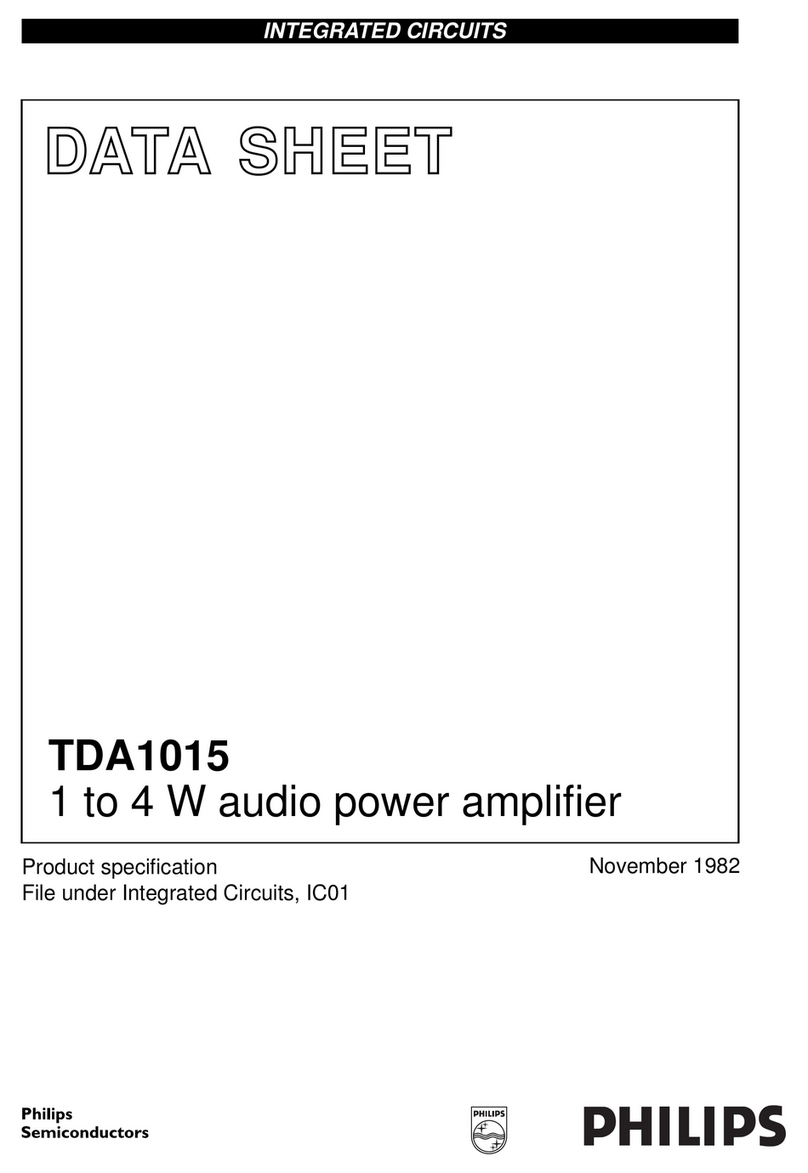
Philips
Philips TDA1015 User manual
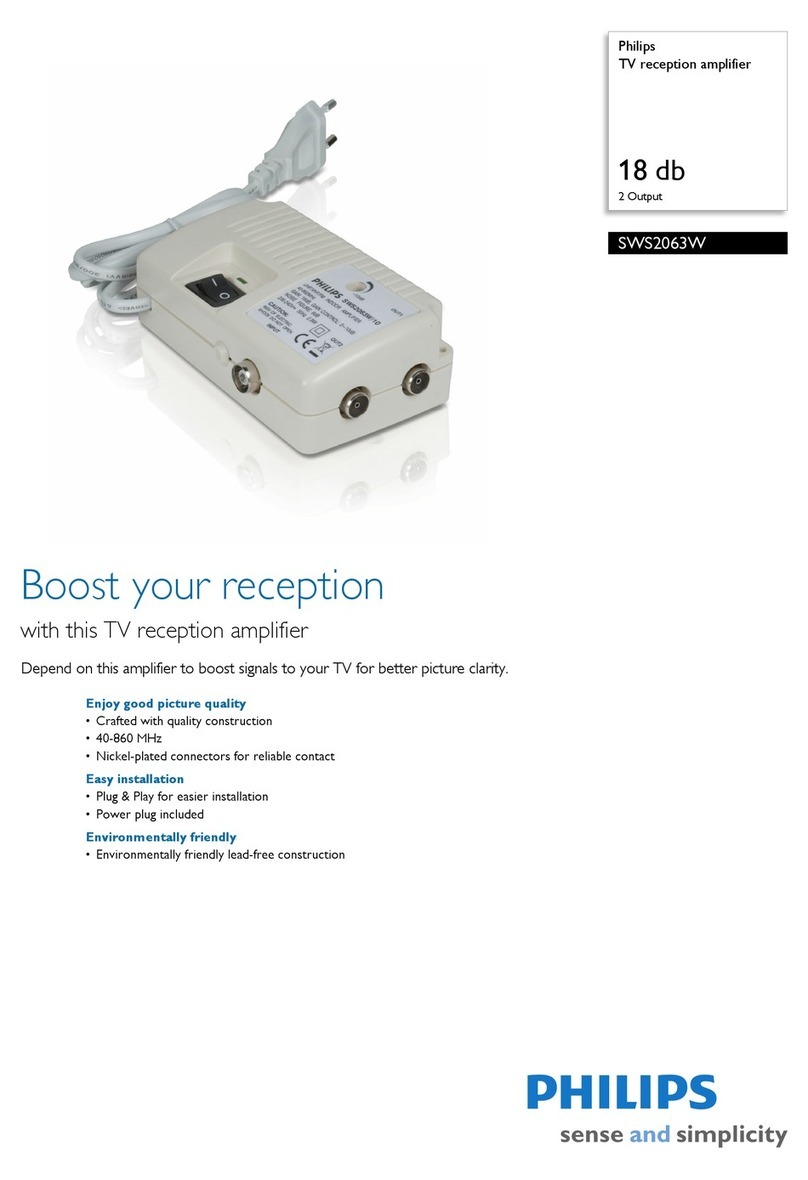
Philips
Philips SWS2063W User manual

Philips
Philips CMP400/93 User manual

Philips
Philips 22AH572-44 User manual
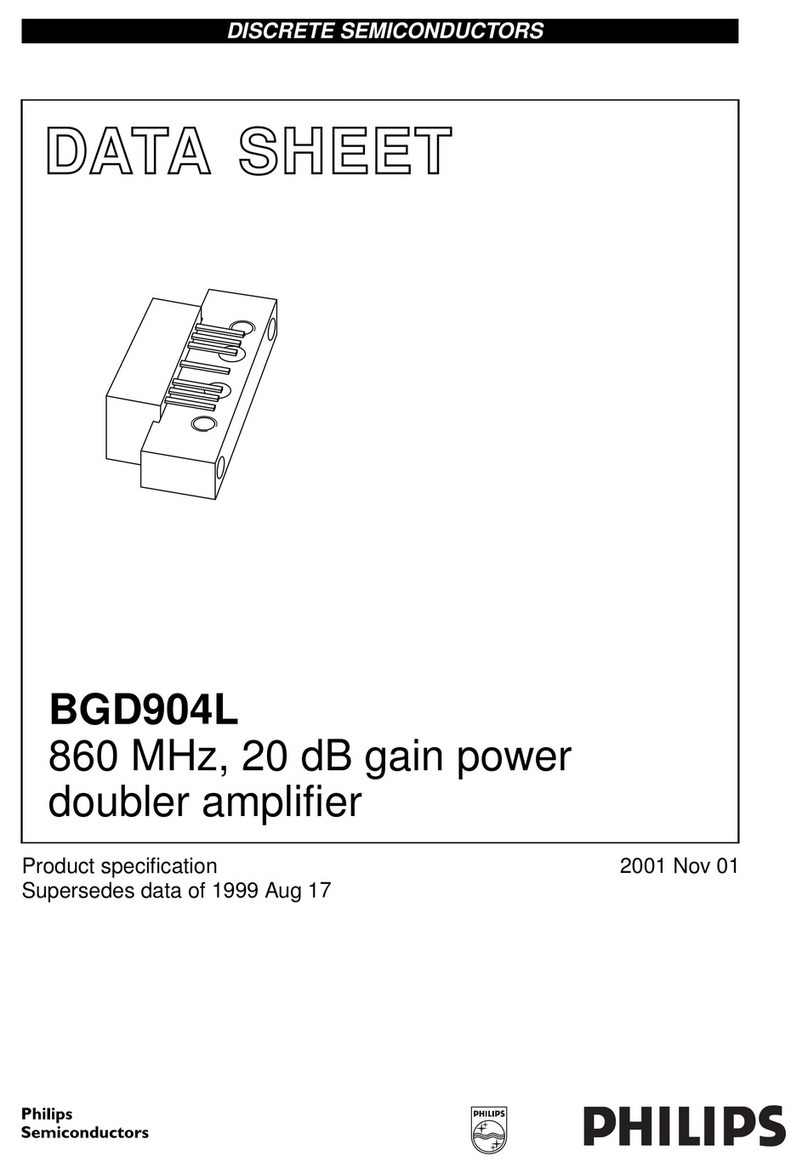
Philips
Philips BGD904L User manual
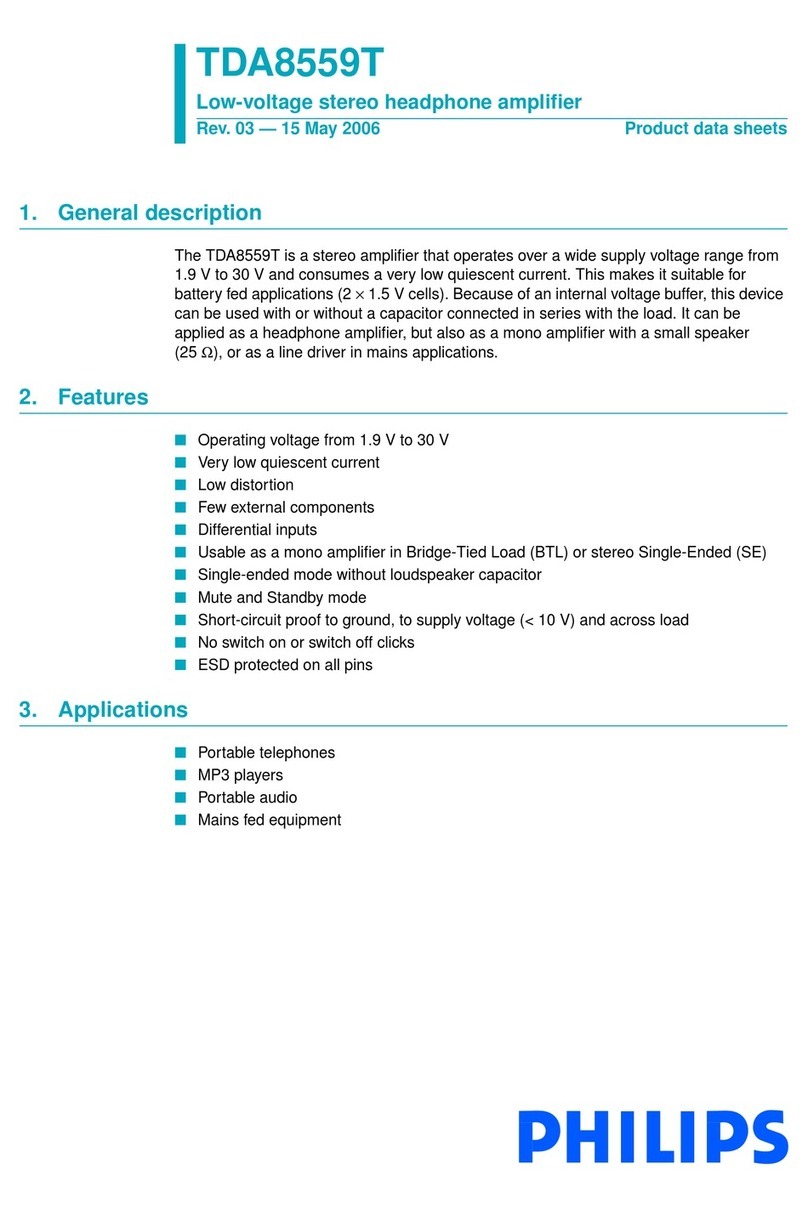
Philips
Philips TDA8559T Operation manual

Philips
Philips TDA1562Q User manual
